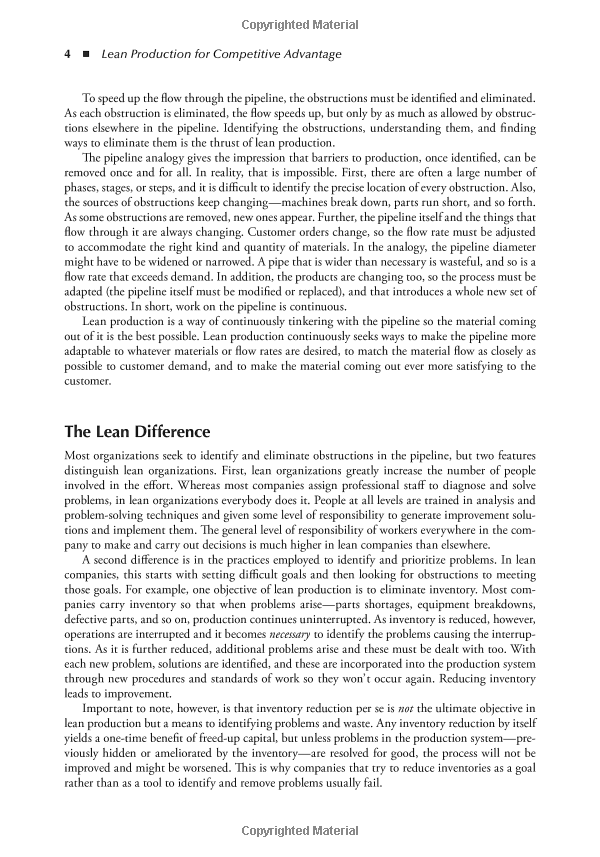Understanding Loan Notes: A Comprehensive Guide to Their Importance and Functionality
#### What is a Loan Note?A loan note, also known as a promissory note, is a financial instrument that represents a written promise by one party (the borrowe……
#### What is a Loan Note?
A loan note, also known as a promissory note, is a financial instrument that represents a written promise by one party (the borrower) to pay a specified sum of money to another party (the lender) under agreed-upon terms. This document outlines the principal amount, interest rate, repayment schedule, and any other conditions related to the loan. Loan notes are crucial in various financial transactions, including personal loans, mortgages, and business financing.
#### The Importance of Loan Notes
Loan notes serve several vital functions in the lending process. Firstly, they provide legal protection for both the lender and the borrower. By clearly outlining the terms of the loan, both parties have a reference point that can be used in case of disputes. This legal backing helps to ensure that the lender can enforce the terms of the agreement if the borrower fails to repay the loan.
Secondly, loan notes are essential for maintaining transparency in financial transactions. They provide a clear record of the loan amount, interest rates, and repayment terms, which can be beneficial for both parties in tracking payments and managing their finances. This transparency also helps to establish trust between the lender and borrower, fostering a more positive lending relationship.
#### Types of Loan Notes

There are several types of loan notes, each serving different purposes and catering to various lending scenarios. Some common types include:
1. **Secured Loan Notes**: These are backed by collateral, meaning that if the borrower defaults, the lender can seize the asset to recover their investment. This type of loan note is often used in mortgages and auto loans.
2. **Unsecured Loan Notes**: These do not require collateral, making them riskier for lenders. Personal loans and credit cards often fall into this category. Because of the increased risk, unsecured loan notes typically come with higher interest rates.
3. **Convertible Loan Notes**: These are often used in startup financing, allowing investors to convert their debt into equity in the company at a later date. This type of loan note can be beneficial for both parties, as it provides immediate funding for the startup while offering potential upside for the investor.
#### How to Create a Loan Note

Creating a loan note involves several key steps:
1. **Determine the Loan Amount**: Clearly specify how much money is being borrowed.
2. **Set the Interest Rate**: Decide on a fair interest rate that complies with local laws and regulations.
3. **Outline the Repayment Schedule**: Define how and when the borrower will make payments, including the frequency (monthly, quarterly, etc.) and due dates.
4. **Include Additional Terms**: Specify any other conditions, such as late fees, prepayment penalties, or default terms.

5. **Signature and Date**: Both parties should sign and date the document to make it legally binding.
#### Conclusion
In summary, a loan note is a critical component of the lending process, providing clarity, protection, and legal enforceability for both lenders and borrowers. Understanding the various types of loan notes and their functions can help individuals and businesses make informed financial decisions. Whether you’re borrowing money for personal use, investing in a business, or purchasing a home, knowing how to create and manage a loan note effectively can lead to successful financial outcomes.